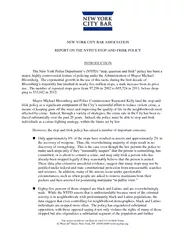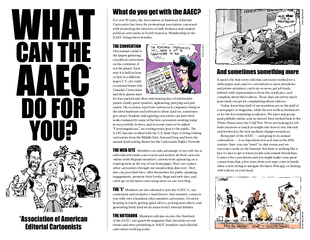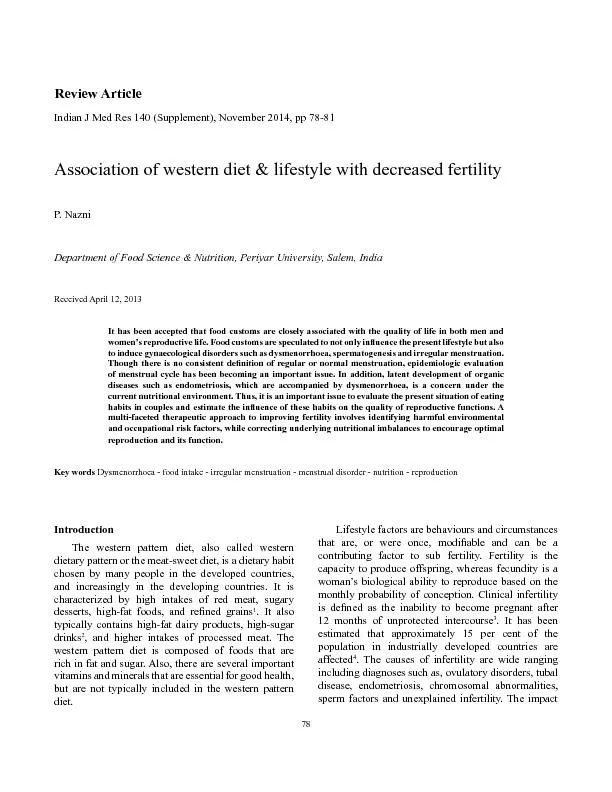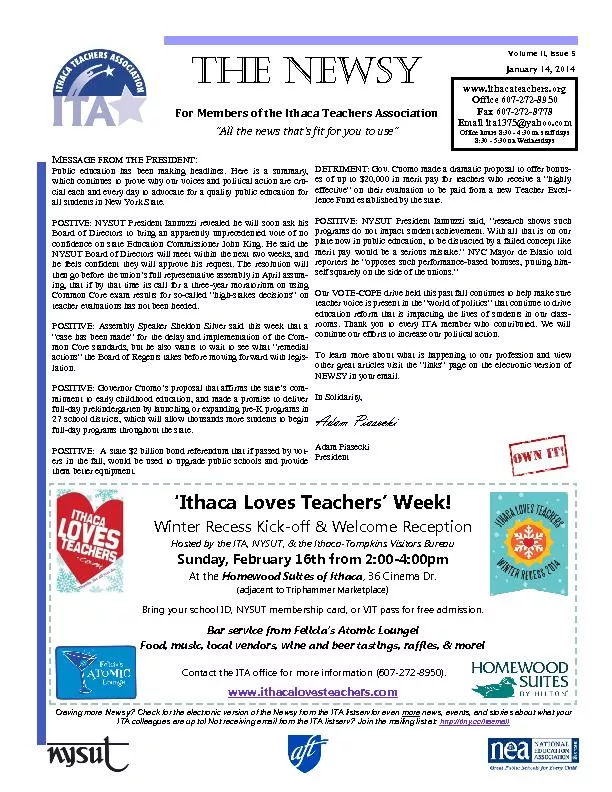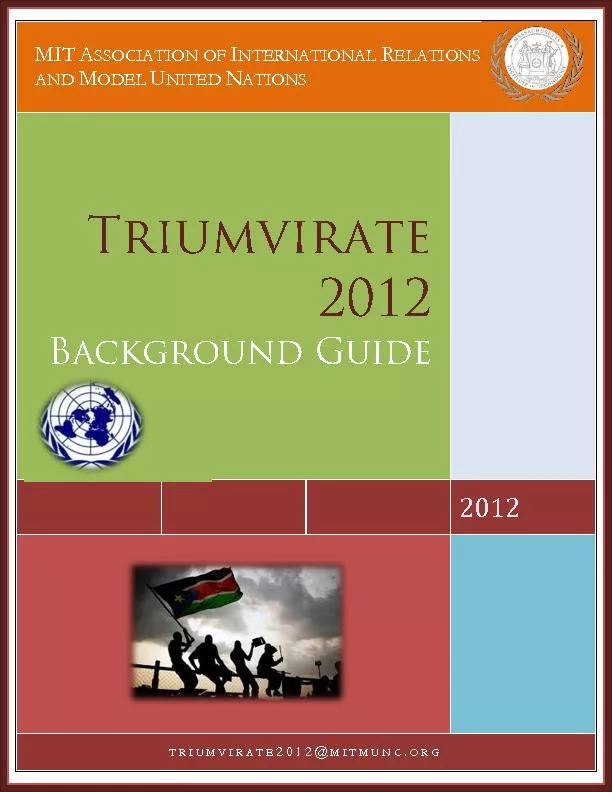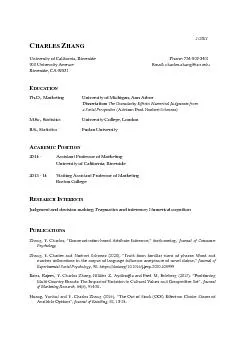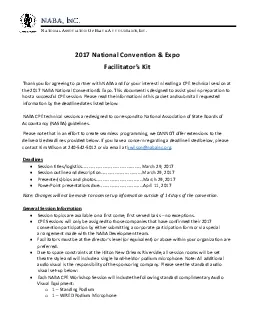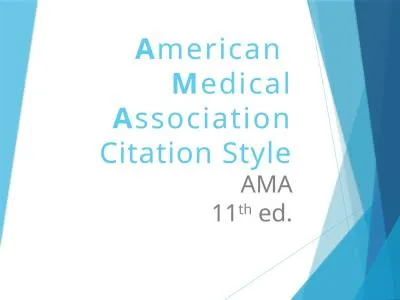PDF-SSOCIATION OF THE
Author : conchita-marotz | Published Date : 2015-07-25
T HE A B AR OF THE C ITY OF N EW Y ORK 42 West 44 th Street New York NY 10036 6689 wwwnycbarorg SOCIATION REPORT ON THE NYPDx201FS STOP AND FRISK POLICY INTRODUCTION The
Presentation Embed Code
Download Presentation
Download Presentation The PPT/PDF document "SSOCIATION OF THE" is the property of its rightful owner. Permission is granted to download and print the materials on this website for personal, non-commercial use only, and to display it on your personal computer provided you do not modify the materials and that you retain all copyright notices contained in the materials. By downloading content from our website, you accept the terms of this agreement.
SSOCIATION OF THE: Transcript
Download Rules Of Document
"SSOCIATION OF THE"The content belongs to its owner. You may download and print it for personal use, without modification, and keep all copyright notices. By downloading, you agree to these terms.
Related Documents

